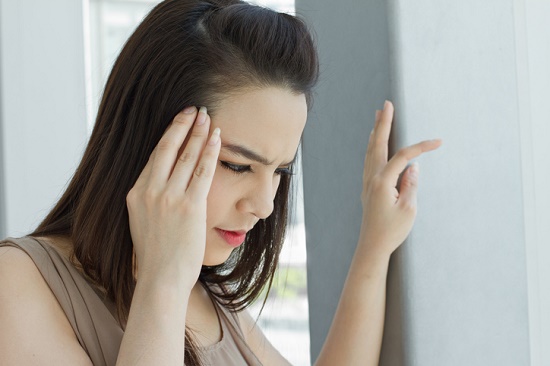
A balance disorder is an ailment that makes you feel dizzy or unsteady, inducing the sensation of spinning or floating or moving. And although short or minor episodes of dizziness are common and no cause for worry, more serious sensations of spinning (vertigo) or protracted dizzy spells should be evaluated.
In combination with dizziness, you may also experience other symptoms like nausea, variations in heart rate, anxiety, or panic. Again, if these episodes are especially severe or extended, it’s wise to seek out professional care.
The types and causes of balance disorders are varied, but before we get to that, let’s quickly review how the body ordinarily sustains its sense of balance.
How the body sustains its balance
We take the body’s capacity to maintain balance for granted because it normally operates effortlessly behind-the-scenes. But when you give it some thought, maintaining balance is quite an impressive feat.
Even in motion, your body is able to sense its location in space and make modifications to keep your body upright, while requiring very little to any conscious control. Even if you close your eyes, and remove all visual cues, you can precisely sense the position of your head as you move it up or down, left or right.
That’s because your vestibular system—the collection of organs and structures in your inner ear—can detect any alterations in your head position, sending nerve signals to notify your brain of the change.
Structures in the inner ear called semicircular canals have three fluid-filled ducts positioned at about right angles to each other. When you move your head, the fluid moves together with it, stimulating the nerve cells that send the information to your brain.
This, in conjunction with visual cues and musculoskeletal sensory information, alerts the brain to highly accurate changes in head and body position.
Common balance disorders and causes
Balance disorders result from a dysfunction within the vestibular system or with the brain and its capability to examine and act upon the information.
Balance disorders can therefore be caused by anything that influences the inner ear or brain. This list includes, but is not limited to, medications, benign tumors, ear infections, head injuries, low blood pressure or other cardiovascular conditions, and some neurological conditions.
Common balance disorders include Meniere’s Disease, Benign Paroxysmal Positional Vertigo (BPPV), Labyrinthitis, Vestibular Neuronitis, along with many others. Each disorder has its own specific causes and symptoms and can be diagnosed only by a professional.
Diagnosis and treatment of balance disorders
The diagnosis and treatment of any balance disorder begins by ruling out any medical conditions or medications that might be triggering the symptoms. You may be required to change medications or seek out treatment for any underlying heart, neurological, or musculoskeletal condition.
If your balance problem is caused by problems with the inner ear, such as with Meniere’s Disease, treatment may consist of diet and lifestyle changes, physical manipulations of the head, or medications to relieve the symptoms. Your healthcare provider can offer more information specified to your condition and symptoms.